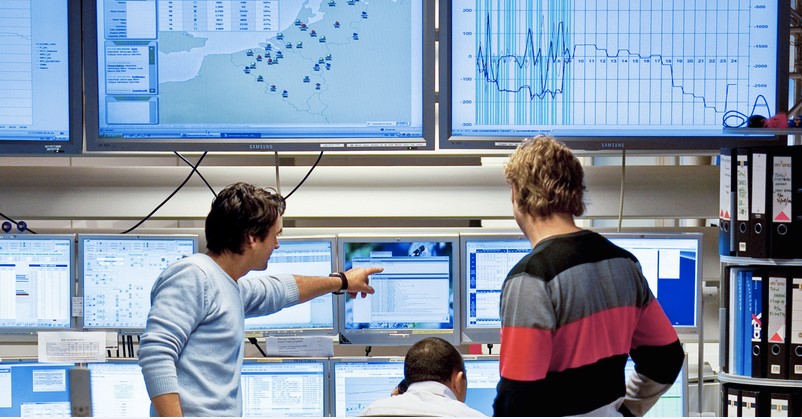The $5.3-trillion currency market is getting harder for traders to make money in as price changes that once took months or weeks now happen more quickly, says Hugh Killen, Westpac Banking Corp.’s head of trading for foreign exchange, fixed income and commodities.
Liquidity is drying up because investors and banks are shying away from taking risk, and that makes for sharper, quicker currency turns, said Killen, whose career in financial markets spans 27 years and positions in Sydney, London and New York. While volatility—which typically helps traders profit from price swings—has increased since 2014, turnover in October dropped to the lowest level in three years in the UK, the main currency trading center. The reduced volumes came as a series of policy surprises rattled investors, from the lifting of the Swiss National Bank’s currency cap to China’s yuan devaluation and the Bank of Japan’s unexpected easing, Bloomberg reported.
“Where it may have taken months or weeks for prices to adjust, it happens very quickly now,” said Sydney-based Killen, who joined Australia’s second-biggest lender in 2001. “It’s these kinds of moves that are creating a bit of stress and whatever risk capital is being deployed can get wiped out very quickly.”
A case in point is the yen: It dropped the most in more than a year on Jan. 29 after BOJ Governor Haruhiko Kuroda unexpectedly adopted negative rates. It has surged more than 6% since, set for its steepest monthly advance since 2008. Likewise, the euro has seen a weekly gain of 3% or more on three occasions since the start of 2015 and dropped as much five times. There were no comparable moves in the prior three years.
“We’re now starting to play a lot at the extremes of the ranges, and what I mean by that is that the market not only mean reverts, but goes back through to the other side of the price very quickly,” said Killen. “So really, you’ve got these whipsaws between ranges.”
The yen traded at 113.41 per dollar in Tokyo on Monday after appreciating to 110.99 on Feb. 11, the strongest level since October 2014. Three-month implied volatility climbed to a 2 1/2-year high on the day the yen peaked as traders digested the nearly 10% move from Jan. 29’s low of 121.69.
Europe’s common currency bought $1.09, climbing 3.8% from an almost eight-month low reached in December.
Diminishing liquidity—or the prospects of it drying up during times of stress—dominated discussions at this month’s TradeTech FX conference in Miami as fund managers sought answers to a string of so-called flash crashes that have hit currency markets in recent months.


